Dear reader,
Welcome to a special hybrid edition that captures exactly where we are—caught between summer holidays and a pile of life sciences real estate deals.
Since Q1, we've been alternating between our signature deep-dive analysis and the more conversational issues. This week we're blending both because we've got over 40 deals stacking up and our team is about to take a summer break.
We start with our "bench to beer" survey plus Elena Marchetti's insights on science park branding. Then we tackle the deal mountain rather than let it gather dust until the team returns.
Let's jump in.
✅ From bench to beer: where scientists unwind
✅ Branding: the visual language of innovation
🔒 44 deals: including multiple deals from France, Germany, Spain and the UK
(🔒 items are for paying members only)
Our signature deal tracker returns in August.
— Stephen Ryan (connect with me on LinkedIn)
🔍 Need deeper insights into life sciences real estate?
In addition to our regular updates, we offer bespoke research and strategic analysis for investors, developers and operators in the life sciences sector. Whether you’re evaluating an acquisition, tracking market trends, or need a custom report, our team can help you.
Get in touch to discuss how we can support your next project.
From bench to beer: where scientists unwind
Picture this: you've spent hours pipetting solutions, analysing data, or perfecting cell cultures. What you crave is something completely different—a cold beer and good company.
While we typically analyse square footage, lease rates, and laboratory specifications, perhaps it's time to consider another critical metric: the distance to a convivial draught beer. A shorter trip is usually better, but not always. What could be better than a relaxing stroll to the best beer garden? Our impromptu survey of prominent European life sciences locations reveals patterns in the geography of post-work refreshment.
Utrecht Science Park - 25 minutes
From the park to Belgisch Biercafé Olivier in the city centre takes about 25 minutes to reach using public transport and on foot. The destination is a converted church offering many beers to choose from—and it's worth the trip.
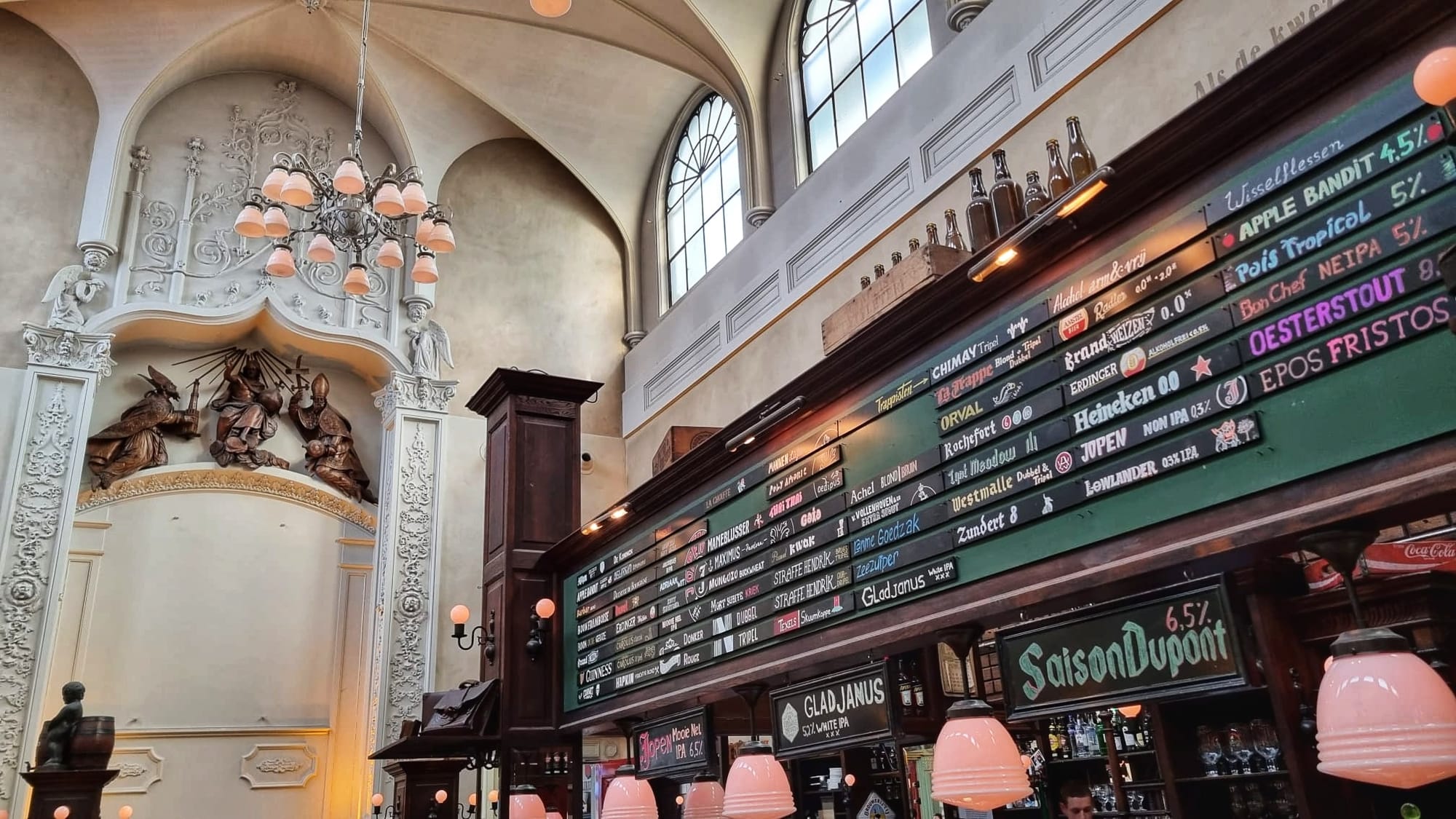
Potsdam Science Park - 15 minutes
From GO:IN, the innovation and startup centre at Potsdam Science Park, a relaxing option would be the 15-minute leafy stroll to Landhotel Potsdam, where there is open air seating around the back.
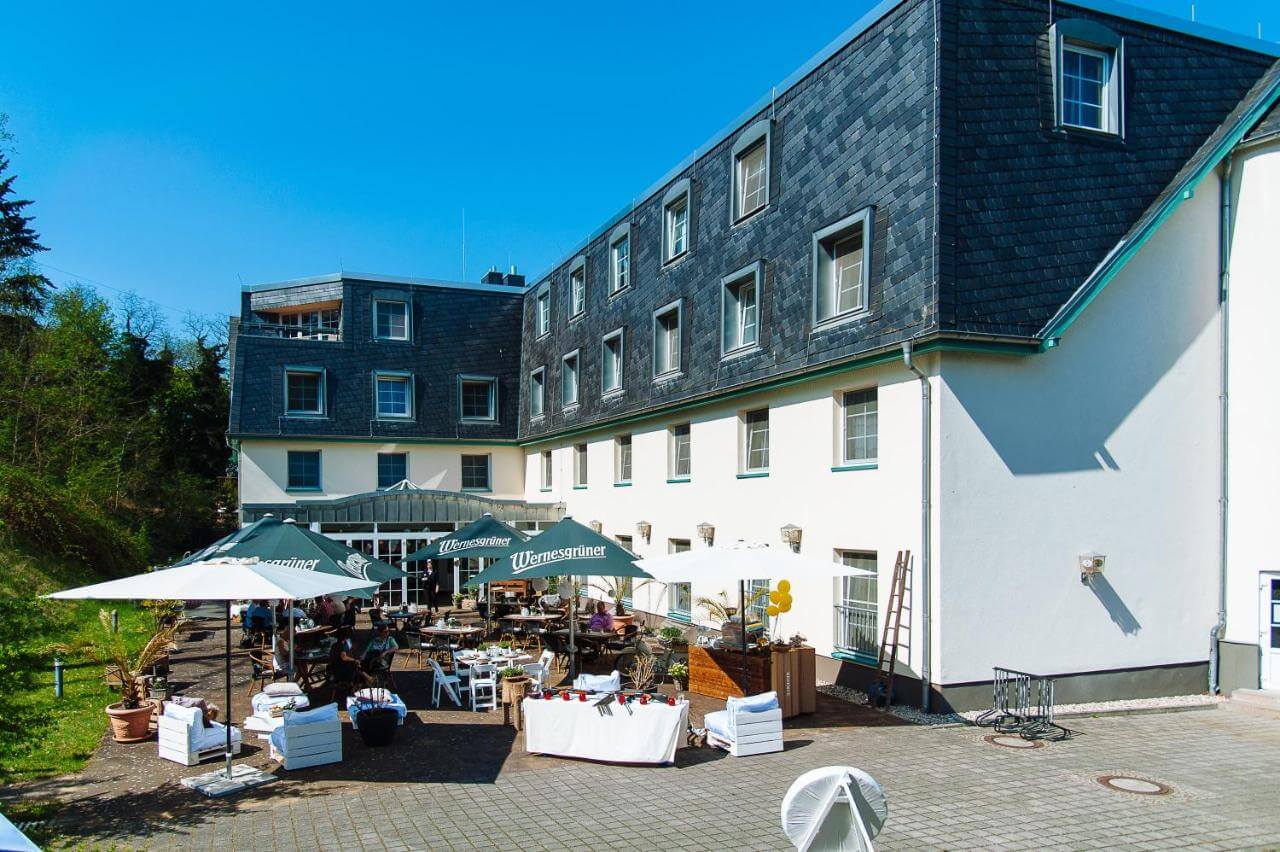
Heidelberg - four minutes
It's a short walk from BioLabs shared facilities to L'And wine and beer bar, where Krombacher, Peroni and Starnberger beers await. It's a longer walk (24 minutes) to the Firebowl beer garden, which is closer to the city centre—it offers beer plus bowling and other entertainment.
Barcelona - three minutes
From Cosymbio shared lab to Gastrobar Pipa at Carrer de Llull, around the corner, takes about three minutes on foot. What's not to like?
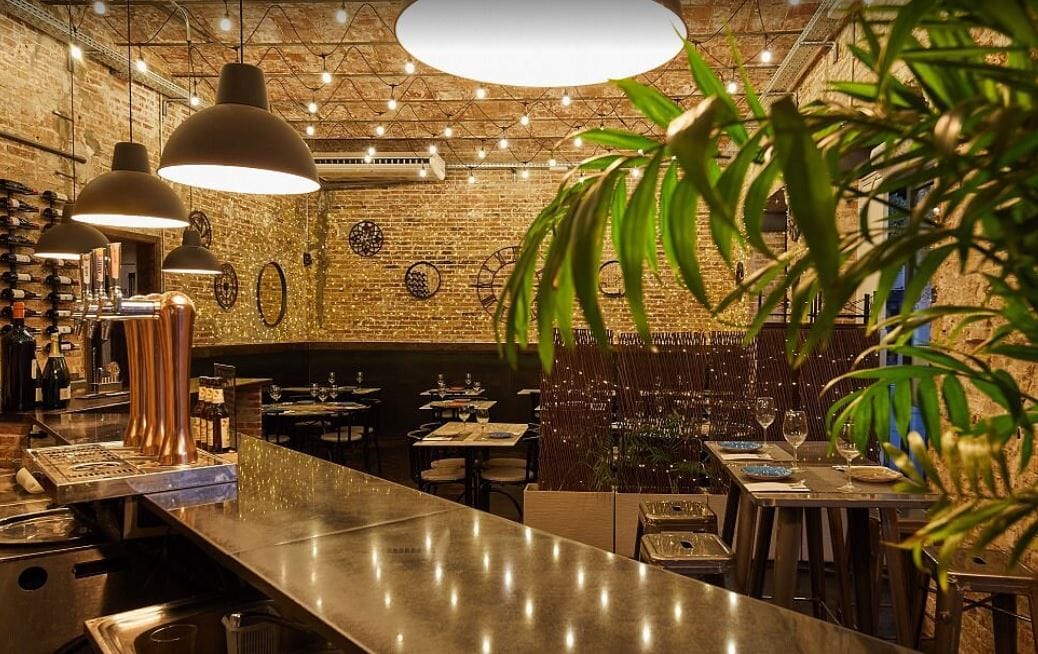
Paris - one minute
Thirsty lab workers in Laboratory LCD Biolam at Avenue Ledru Rollin can cover the 79-metre dash to Tonton Lulu bar in one minute, according to Google Maps. It's well worth a sprint during happy hour, when pints cost just €5 (£4.30).
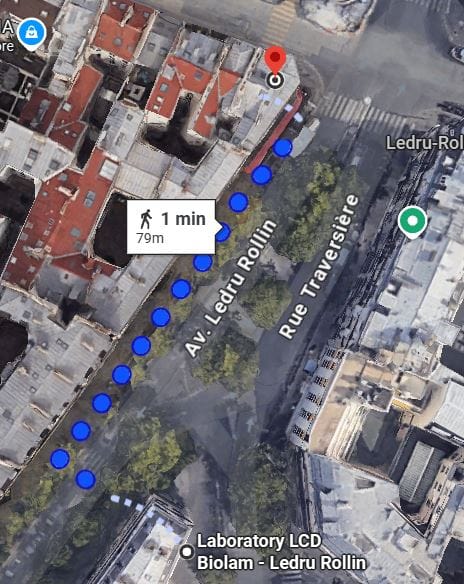
London: one minute
When the LifeArc team moves into its new premises at 105 Judd Street in London, they will relish having the Skinner's Arms pub nearby at the junction of Judd Street and Hastings Street. On a quiet day with no traffic to impede a determined researcher, the trip is achievable in about one minute.
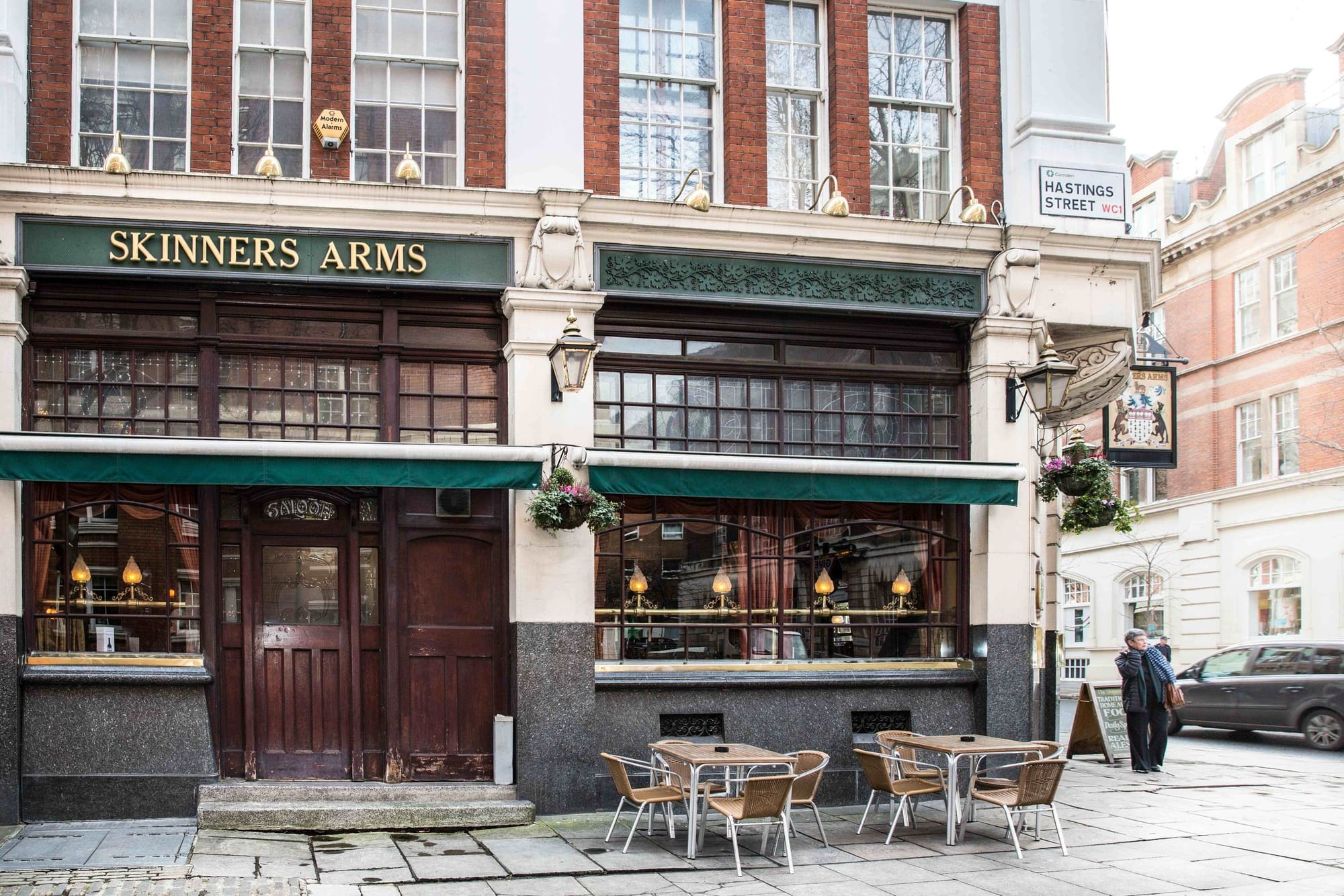
Dublin: one minute
Teamworkers in Nuritas in Dublin's Dawson Street have a bar next door (The Lennan), and three across the street. The absence of a street to cross makes the trip very convenient: staff could get from bench to bar stool in under a minute if they really focus.
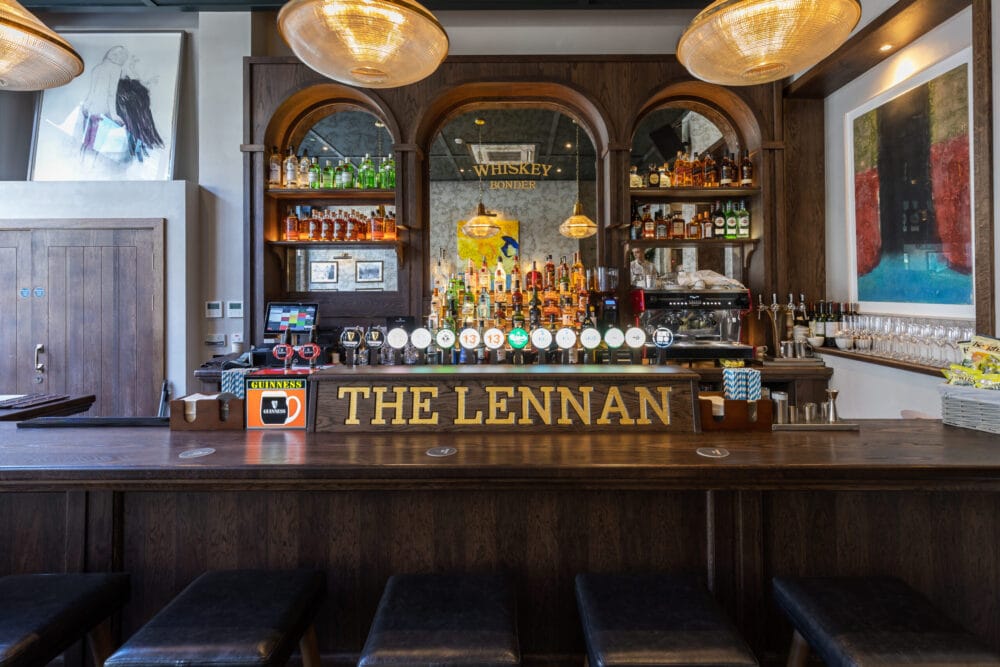
Why proximity matters
These distances reveal something deeper about European life sciences real estate. The most successful research districts aren't just clusters of laboratories and office space—they're integrated communities where researchers can seamlessly transition from professional to personal life.
Perhaps future laboratory developments should consider "pint proximity" more seriously. Scientific progress often relies on both careful laboratory work and the creative discussions that can happen in more relaxed environments, including bars.
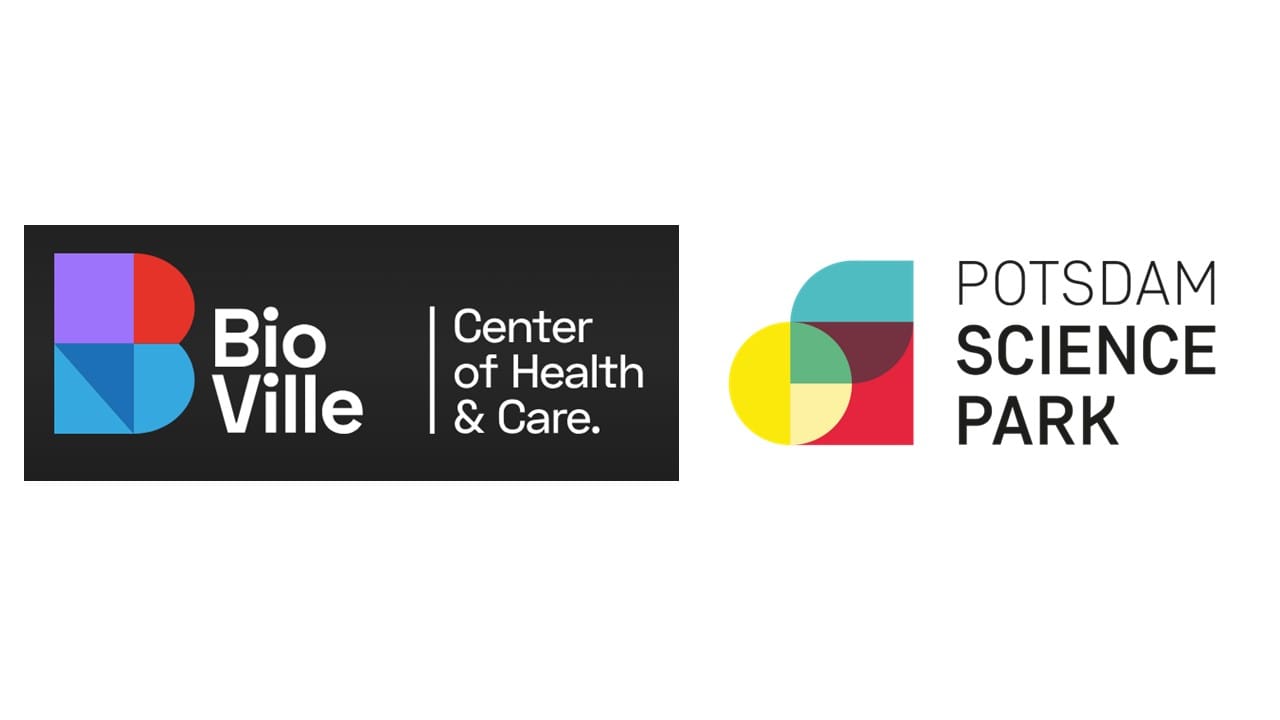
The art of branding II: Potsdam and BioVille
A shared visual language
Two weeks ago, the logos for Milton Park and Norwich Research Park in the UK were analysed by art historian and visual content expert Elena Marchetti. Readers' comments were so overwhelming that we asked Elena to share her views on two other logos, those of BioVille Center of Health & Care and Potsdam Science Park.
Her immediate reaction is worth quoting directly:
The logos are rooted in abstraction, collaboration, and colour as metaphor. What strikes me is how these parks adopt similar design principles while still reflecting individual character.
BioVille, based at Health Campus Limburg DC in Diepenbeek in Belgium, uses a concept developed by Lex & Turner that begins with cell division—a metaphor for growth. This idea crystallises into a bold geometric 'B' formed from overlapping shapes. Its palette—red, two blues, and purple—adds vibrancy and warmth. Beyond the logo, the identity extends across building signage, digital media and internal strategy, forming a consistent ecosystem.
Potsdam Science Park, located near Berlin, takes a softer approach. Its logo features overlapping circles in yellow, teal, burgundy, and cream that blend into new tones, suggesting intersections of disciplines, much like a Venn diagram. It captures the collaborative spirit of a research community without over-specifying what kind of science is being done.
Marchetti points to artistic parallels: BioVille has the systematic elegance of Josef Albers’ Homage to the Square, while Potsdam’s logo evokes Paul Klee’s Senecio, echoing its circular forms and the interplay of overlapping colour, she notes.

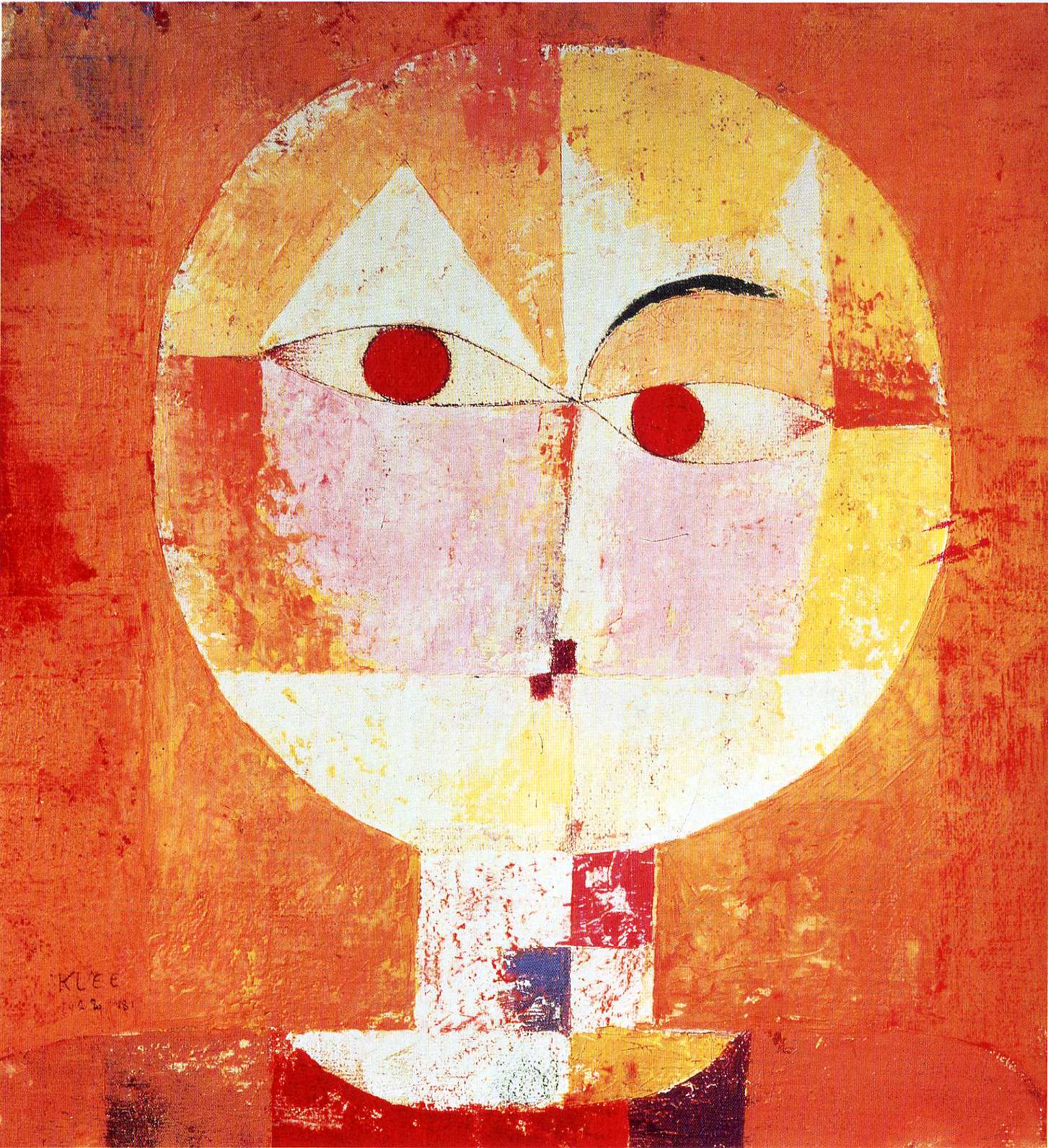
Despite their contrasting visual tones—BioVille’s structured precision versus Potsdam’s playful energy—both tackle the same branding challenge: how to make cutting-edge research feel human, accessible, and collaborative. Geometric forms suggest connection; carefully chosen colours balance trust with energy; abstraction leaves room for interdisciplinary identity.
Marchetti concludes:
This design language has become a kind of shorthand for scientific collaboration—modern, clear, and full of optimism.
This convergence reflects more than aesthetic taste. When science parks from different regions adopt similar visual strategies, they participate in a broader project: making research environments feel open, international, and mission-driven. As they address global challenges, their identities speak a shared language of creativity and purpose.
Deals
Our latest intelligence sweep turned up 44 life sciences real estate deals - more than usual.
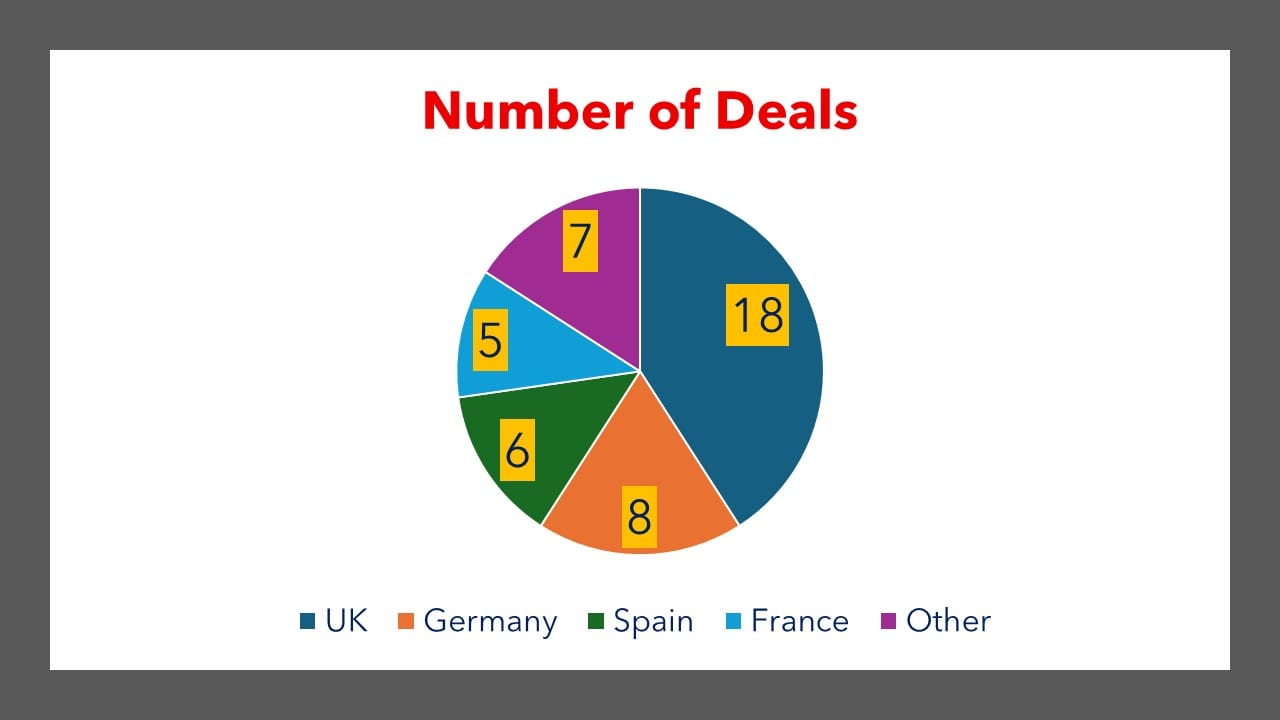
Access the deals — and support our work.
We’re proud to offer free insights to help grow the life sciences real estate community. But the full list of real estate transactions, new builds, and conversions is now exclusively for paid subscribers.
If our work matters to you, we ask you to support it. Subscribing keeps this resource going — and ensures it stays sharp, independent, and useful.
